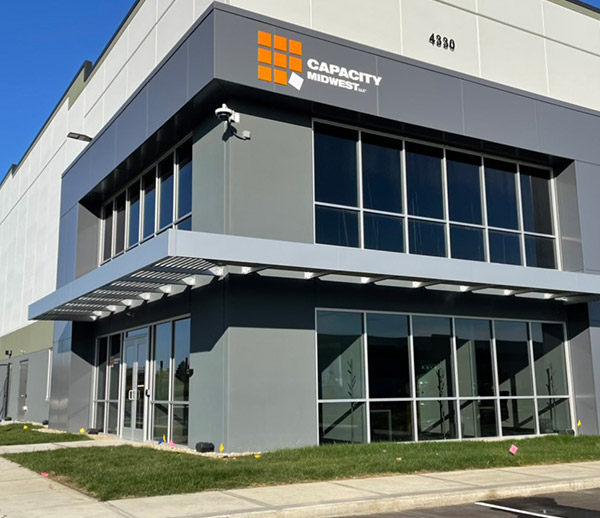Interior signage is an essential part of any business’s branding and communication strategy. It shapes your workspace’s environment, helps guide customers, and reinforces your brand’s identity. When investing in interior signage, it’s crucial to understand the factors that determine cost so you can make the most of your budget and vision.
For those looking to make a lasting impression with custom interior signs in Indianapolis, knowing these cost drivers helps you achieve the right balance of visual appeal and affordability.
Materials and Finishes
The materials you choose have a significant impact on the final price. Options include cost-effective materials like PVC and acrylic, or premium ones like aluminum, glass, and wood. Each brings its own style and durability. Finishes such as matte, gloss, brushed, or custom paint add further depth and can boost the sign’s overall impact—while also adding to the price tag.
For example, sleek acrylic or brushed aluminum signs are great for modern interiors, while natural wood or glass might be better for warm, inviting spaces. Understanding the advantages of each material ensures you make a choice that aligns with your brand’s personality and budget.
Size and Placement
Size is a fundamental cost factor: larger signs require more materials and labor. Placement also matters—wall-mounted signs are often simpler to install, while hanging signs or those mounted in difficult-to-access areas may require more specialized equipment or labor. These challenges can add to the project’s overall expense.
Design Complexity and Brand Customization
A basic, straightforward sign will cost much less than a multi-layered or 3D sign with logos, patterns, or complex shapes. If your signs feature custom logos, brand colors, or other distinctive touches, this level of detail will increase labor and production costs. However, custom signage is invaluable for enhancing your brand’s presence and creating a cohesive, professional space.
Lighting and Illumination
Lighting dramatically boosts the impact of your interior signs. Options like LED backlighting, edge-lit signs, or halo effects not only draw attention but also create an upscale look. However, lighting involves additional electrical components, wiring, and sometimes permits, all of which factor into your overall investment.
Installation Complexity
The complexity of installation is another important factor. Simple vinyl decals can be installed quickly, while large, heavy, or illuminated signs may require more advanced techniques and safety measures. Some signs may even need integration with existing infrastructure or collaboration with architects or interior designers to ensure a seamless result.
Local Code Compliance
In Indianapolis, interior signs in public or ADA-compliant spaces must meet specific codes. Ensuring compliance might involve using particular materials, sizes, or mounting methods. While this can add to initial costs, it ensures safety and avoids future expenses related to fines or retrofitting.
Scope and Quantity of the Project
The number of signs you need also affects the final cost. Multiple signs for different spaces—like directional signs, room labels, or branding elements—can sometimes be bundled for savings. Still, each sign adds to the total project price, especially when the designs and materials vary.
Maintenance and Durability
Finally, the durability of your chosen materials and finishes affects the long-term cost. Investing in high-quality, low-maintenance signs may mean a higher initial price, but it pays off in the long run with reduced repair or replacement needs.
Conclusion
The cost of interior signs in Indianapolis depends on a variety of factors, including materials, design, size, lighting, and installation complexity. Businesses seeking to stand out with custom interior signs in Indianapolis should consider these elements carefully to create signage that’s as effective as it is visually striking.
.jpg)
.jpg)


.png)




